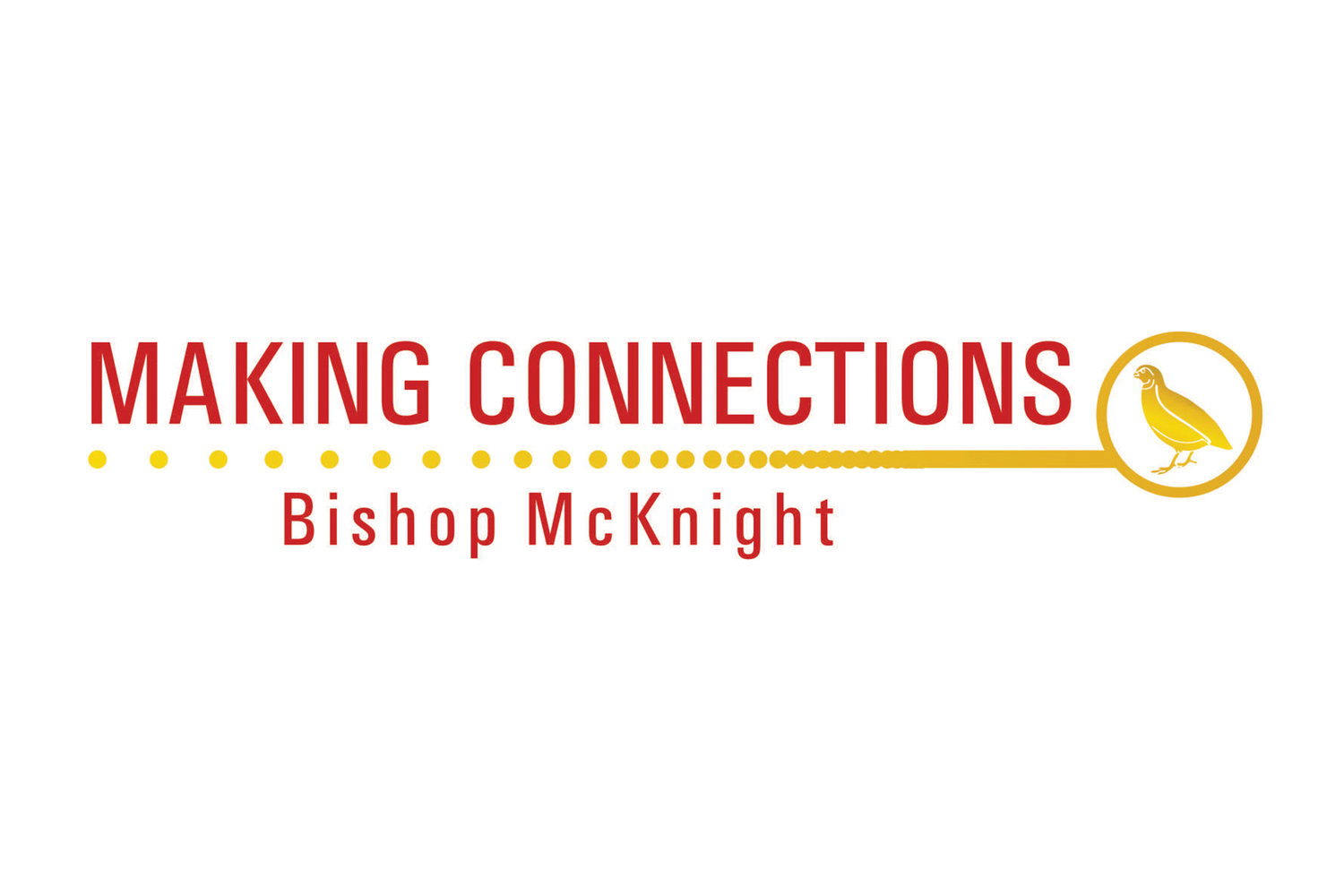MAKING CONNECTIONS — Initiating a process — for discerning a path forward in 10 counties
“For as in one body we have many parts, and all the parts do not have the same function, so we, though many, are one body in Christ and individually parts of one another.”
— Romans 12:4-5
This past year, we began the process to develop a diocesan pastoral plan based upon the pastoral plans discerned by our individual parishes.
Seventy-one parishes submitted their plans to the chancery, and the Diocesan Pastoral Council has begun drafting our diocesan priorities for the next three years starting in Advent 2020.
I am grateful for the clergy and laity who organized and participated in small discernment groups in their parish, and for the parish priests who worked with their parish pastoral councils to identify the activities they want to accomplish as we reflected on the themes of:
- the spirituality of stewardship;
- co-responsibility; and
- parishes as centers of charity and mercy.
The COVID-19 pandemic was not on our radar when we began the process of discerning pastoral plans, but it is unfortunately an enduring reality we cannot avoid.
Another hard reality is the declining number of active priests serving in our diocese. We are realistically projecting that within five years, there will likely be 11 fewer active priests.
The average age of our active priests, excluding international clergy, is over 60.
Those who reviewed the sacramental history during your parish pastoral planning process (diojeffcity.org/better-together-pastoral-planning-process) won’t be surprised that we have also seen a general decline in Mass attendance and in the practice of other sacraments over the years.
If we continue our current way of being Church, we should not expect that decline to change, either.
Responsible stewardship
Because of the effects of the pandemic, fewer active priests available in the diocese, and changing demographics, I have identified 10 counties that will more than likely see a reduction in the number of priests serving them with the new clergy assignments in July 2021.
The 10 counties are Chariton, Cooper, Crawford, Howard, Monroe, Phelps, Pike, Pulaski, Ralls and Saline.
Other parishes have already gone through a reduction of some kind recently:
- the three parishes of Pettis County into one new parish;
- the closures of St. Martha, Wayland, and Notre Dame, LaGrange;
- Our Lady of the Snows, Climax Springs, became a chapel of St. Anthony, Camdenton;
- the loss of Sunday Masses at the Shrine of St. Patrick, Clark County, the Church of the Resurrection, Wellsville, St. Patrick, Clarence, and Sacred Heart, Bevier; and
- the reduction of the number of Masses at parishes in Jefferson City.
Even though there are serious pastoral challenges before us, we can be responsible stewards and discern how we can best pass on our faith to future generations.
We cannot be so bound by the past that we prevent the faith of the future from being born.
This summer, therefore, I have twice gathered priests from the parishes of these 10 counties to reflect together on our changing realities and the need to be good stewards of resources for parishes to fulfill their mission.
Ultimately, however, we contemplated what kind of process would be helpful to the pastors so that they could adequately consult their parishioners and parish councils in developing proposals for my consideration.
Process of discernment
On a practical level, the Priest Personnel Board begins deliberations about next year’s assignments in January, so it will be necessary to know the landscape of clergy assignment needs before then.
One of the focus areas of our diocesan pastoral planning process is co-responsibility, the mutual respect for the distinct roles of clergy and laity in the life and mission of the Church.
All are called to share in decisions of great import to the Church’s mission, even though our roles and responsibilities may be different.
We’ve identified a process for Catholics in the 29 parishes in these 10 counties so that they can discern with their clergy on the future of their faith communities.
Here is what the process will be:
1.) After Labor Day weekend, pastors and parochial administrators of parishes in the 10 counties will begin consulting their parish pastoral, finance and school councils on considering their parish’s situation.
2.) A survey of all parishioners 18 years and older in these counties will be conducted in September to consult with them on the options available to continue the mission of the Church in their county.
The survey will also provide respondents with the ability to propose solutions not found in the questionnaire.
It will be very helpful if respondents use the on-line survey to speed up the process of developing a report, but hardcopy questionnaires will be made available to those who need them. The survey will also be available in Spanish.
Parishioners in the diocesan database will receive a postcard with more information on the survey in early September.
3.) The results of the survey will be reported to the parishes, and the deans will convoke a meeting of the priests and lay leadership councils of the parishes in each county before the end of October to discern a proposal to be submitted to me by the end of November.
4.) During December and January, I will consult with the Presbyteral Council and the Diocesan Pastoral Council on the proposals received and make a final determination of the path forward to vibrant ecclesial life in the 10 counties.
Come, Holy Spirit!
How the Church is present in these 10 counties will change. Indeed, it must change, for the Church to continue to be present in these 10 counties.
I ask all to join with our sisters and brothers who are entering into this process, as well as our priests and me to pray for the Holy Spirit to guide us into a future in which the next generations will be part of vibrant faith communities throughout our diocese!







